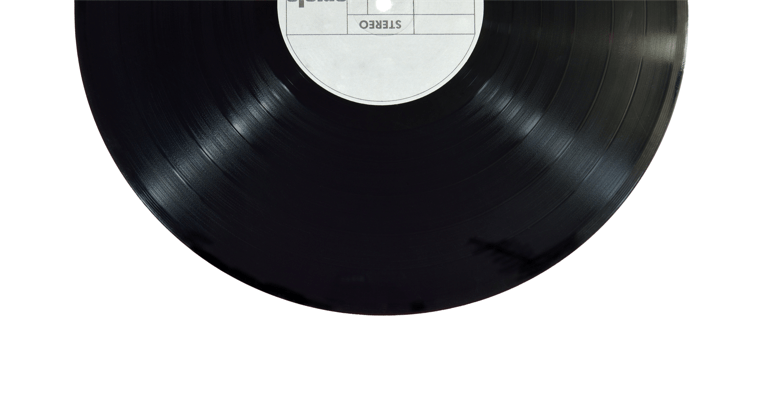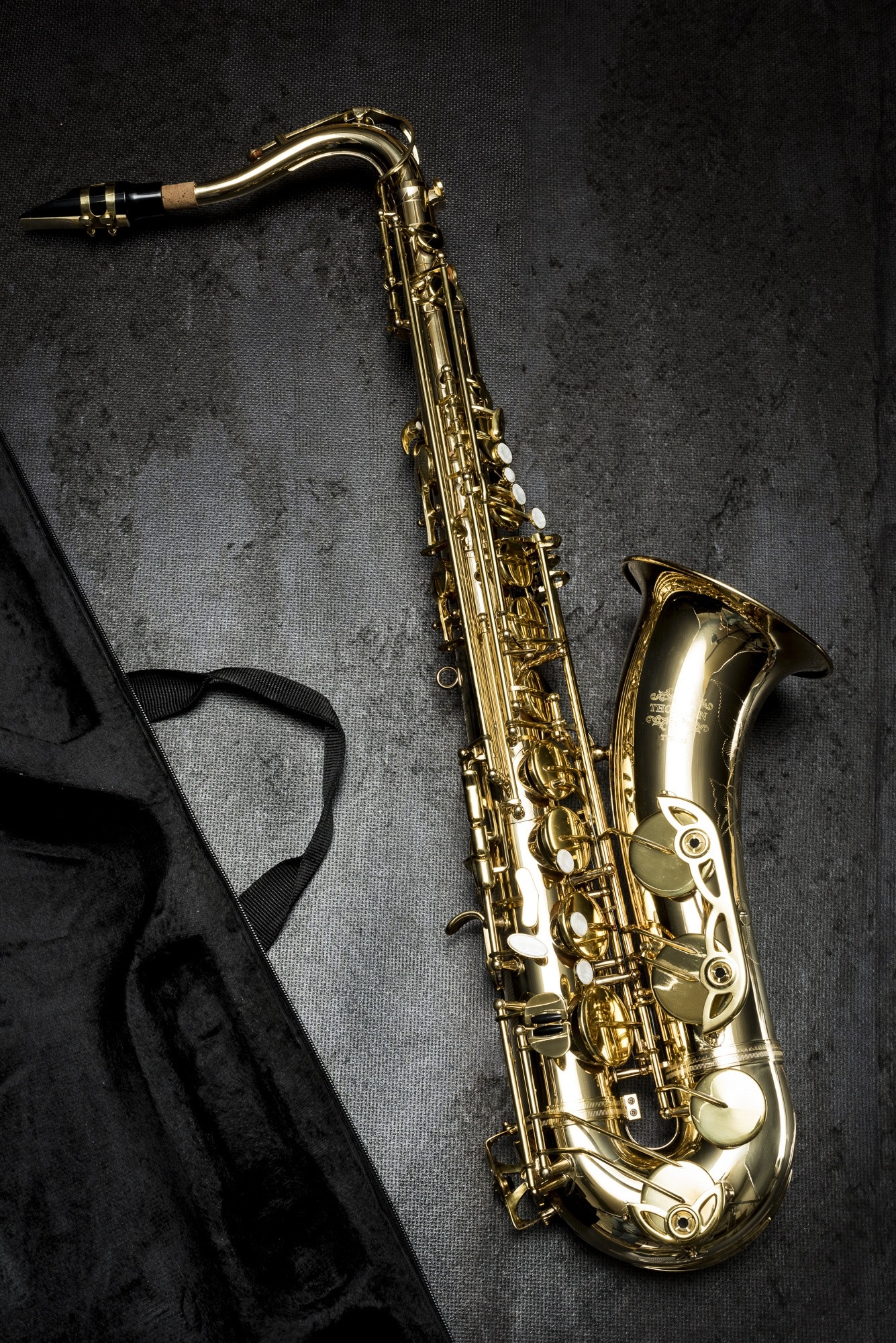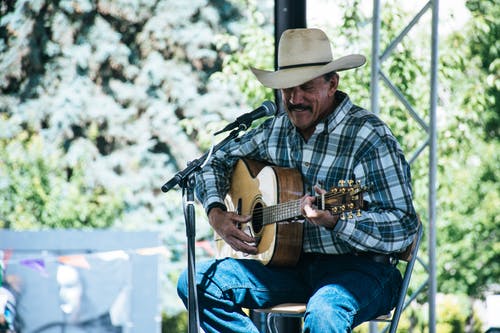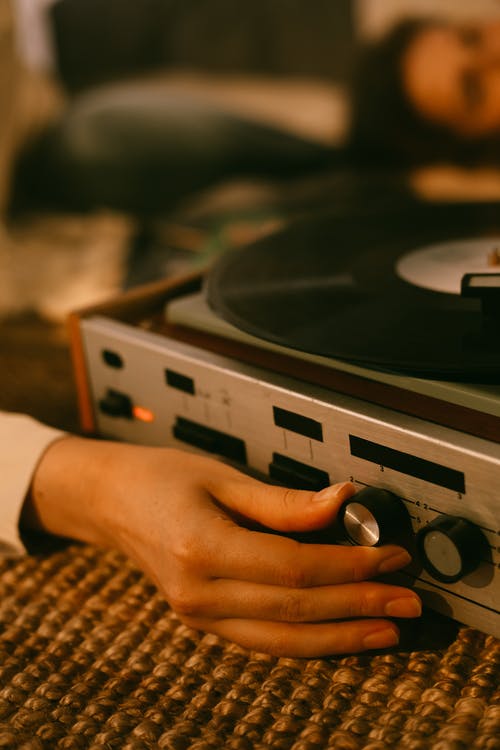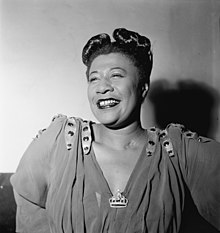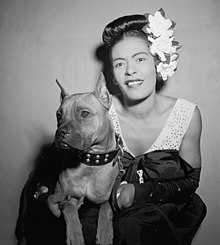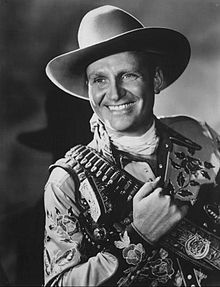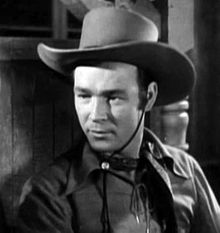A music record on a turntable:
Music has been evolving for several decades now, and each decade has its own role in shaping the industry as we know it today. The 1930s was an especially important year for music in the United States, as this was the time when several distinctly American sounds in the realm of music came about. In this decade, the radio was the easiest means of listening to music. Since the 1930s came right in the middle of the Great Depression (which started in 1929 and ended around 1941), there was a significant decline in phonograph and record sales.
Other than radio, there were jukeboxes scattered in the country’s taverns, juke joints, soda fountains, and other places where people gather.
The New Deal Programs
The New Deal programs were launched by President Franklin D. Roosevelt and lasted from 1882 to 1945. While music did suffer due to the Depression Era, these programs were there for supporting musicians in this time. The Works Progress Administration federal Music Project was responsible for sponsoring radio programs and commissioning work from music composers. It would also seek out unique musical acts for new records.
Jazz in the 1930s
The Jazz Age had officially ended by the 1930s but the music form was still present and maturing in the 1930s. Jazz became a bit sweeter, with large bands even tweaking it to dancing music when required. In fact, many renowned female singers started out as jazz singers in this decade, Billie Holiday and Ella Fitzgerald being among the most notable names.
The Blues
The blues was very much a dominant style of music during the 1930s, especially if you looked at the urban trends. The Mississippi Delta and other areas produced singers who sang the blues while strumming guitars. The music they made was sought out by a large number of black people from the South, who were migrating to the north in the 1930s. Just a few of the most famous ‘bluesmen’ included Blind Lemon Jefferson, Robert Johnson, and Charley Patton. Just a few reasons why the blues were so popular include the following:
- They reflected the general feeling of the Great Depressions
- They also reflected the uncertain feeling and poverty of the migrating colored people
- It was relatively cheap to record blues music, since it didn’t require a lot of fancy equipment
- The reliability and cheap production meant that the record sales for blues music were very profitable.
The blues were not just a massive trend in themselves, but they also influenced a lot of other musical genres. Long before the Beatles shaped pop music, bluesmen were inspiring other movements like gospel music, swing music, and boogie-woogie music.
Hillbilly Music
Yet another popular music strain in the 1930s was hillbilly music, which was a type of folk music from the Southeast and the Appalachian Mountains. Just a few of the top musical acts in this category include the Original Carter Family and the Smoky Mountain.
Hillbilly music mostly spread through radio programs like the Grand Ole Opry and the National Barn Dance. There were also radio stations based in Mexico that were available in almost every state in America. Later on, folk musicians like these influenced and gave rise to bluegrass music.
Western Music
The music style that we now know as ‘Western’ was also mostly shaped during the 1930s. At this point in time, the legendary American cowboy had become widespread all over the country. Western music capitalized on the popularity of this vision and came out with singing cowboys like Gene Autry, Roy Rogers, and many more. By the time the decade came to an end, Western music had also given rise to western swing and honky-tonk music.
The Top Musical Acts of the 1930s
With so many types of music coming into the industry and the plethora of developments taking place, it’s a bit hard to determine the very best musical acts of the whole 1930s decade. However, there are some major names that might have defined certain parts of the music scene back then. They might not need much introduction for fans of classical music, but their names are certainly worth discussing. These are just a few of the artists that have transformed the music industry as we know it, so let’s have a brief look at each one:
1. Ella Fitzgerald
Fitzgerald was born in Virginia but raised in Yonkers, New York. Some sources say that she was brought up by her aunt, while others state that she lived in an orphanage. However, her entry into the singing and show business really came about in 1934, when she took part in a contest for amateurs at the Apollo theater in Harlem. While she was singing, her voice struck Chick Webb, who first provided training for Fitzgerald. Later on, Webb would engage her to be a singer in his own band.
From 1935 to 1939 (when Webb died), Fitzgerald was performing with the conductor at many cabarets and nightclubs such as the Cotton Club and Levaggi’s. These were famous places, so Ella Fitzgerald’s name became known throughout the country. Her first single is considered to be the recording of ‘Love and Kisses’ by Webb’s band in 1935.
The 1930s was just the beginning of her career, and it showed the glimmerings of the huge success she was about to become. Overall, Fitzgerald’s recording with Decca numbered more than 230 songs. Some of these have been collected and reissued as anthologies by the MCA, with the title ‘Princess of the Savoy’, ‘Ella Swings the Band’, and ‘The Best of Ella Fitzgerald’. Her first hit single was in 1938, with ‘A-tisket, A-tasket’, which was the reason for Fitzgerald becoming a member of the ASCAP a couple of years later on. Eventually, Fitzgerald would lead the band until World War II.
2. Billie Holiday
To this day, Billie Holiday is held up as one of the greatest jazz singers in the history of music. While her singing career of three decades was fraught with tragedy and many issues, her poignant phrasing and delivery served to influence many other vocalists after her. She had a warm, somewhat feathery voice that had a limited range, but her vocalization was that of an accomplished instrumentalist in the jazz category. On the stage, Holiday would engage in shifting dialogue with the other musicians, condensing or stretching her phrases as needed. She would also deliver the lyrics a little behind the music’s beat, conveying irony, languor, and sensuality along with sadness.
While she didn’t usually sing blues, Holiday was known mostly for her popular material. She was able to strip down emotions and convey them directly instead of dressing them up with fancy words.
The Penguin Encyclopedia of Popular Music has said that Holiday was the first and greatest of jazz singers, as she gave a sound a fresh feeling. She was also able to make the lyrics full of meaning for different listeners; according to her, the trick was to feel her own personal meaning in the words.
In 1932, Holiday was discovered in a Harlem club by John Hammond. He was a jazz record producer, and soon led Holiday to make her first recording in 1933, along with the orchestra led by Benny Goodman. She was soon regularly recording under the Columbia label, with Teddy Wilson directing and a backing of small studio bands. These bands included Lester Young, who had a style similar to Holiday’s.
Her singing in the 1930s usually had a light and buoyant style, and might be the most significant she had ever done. Eventually, she would become among the first vocalists of black heritage to have a white band. However, the racial segregation and discrimination at the time made touring very difficult for Holiday; even eating, answering the call of nature, and sleeping proved impossible at times. When she was barred from entering a hotel’s front door with the Shaw orchestra, Holiday gave up touring and started her solo artist career in New York. In 1939, she recording a controversial song titled ‘Strange Fruit’, which talked about lynchings in the South. The song became very popular with interracial audiences, which led to Holiday getting a new following that included the political left and intellectuals as well.
3. Gene Autry
In many ways, Gene Autry embodied the elusive American Dream for many people. While his roots were obscure, Autry went on to become ‘The Singing Cowboy’ personified. He was also very financially successful, earning one of the highest revenues for entertainers in the whole century.
Gene Autry was the No. 1 country music star during the 1930s, along with being a highly popular actor in the early 1940s. The extent of his acting success is evident in the fact that he eclipsed legends such as James Cagney, Bette Davis, and Judy Garland.
In 1939, Autry authored ‘Tear on my Pillow’, which soon became a classic. At the time, he was still somewhat unknown in the larger cities but a music phenomenon in several hundred small towns. Eventually, his career would consist of 50 million recordings sold.
Before the rise of Gene Autry, hillbilly music didn’t have that dignity and popularity just yet. Autry was good-looking, very charismatic, and had an undeniable talent for singing. These elements help to romanticize and dignify the genre he had chosen.
In 1935, Autry recorded ‘That Silver-Haired Daddy of Mine’, which he also recorded alongside Jimmie Long. This song got Autry a mention in the newspaper and a lot of regional exposure. Eventually, this recording will become his first-ever gold record.
4. Judy Garland
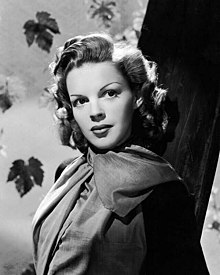
After her singing debut at Grand Rapids in 1925, Judy Garland’s family shifted to Los Angeles. She started to tour in 1927, and was a member of The Gumm Sisters until 1935. At this point, she also started her career as a film performer.
Judy Garland is perhaps best-known for her acting roles, though they would have been incomplete without her stellar singing performances. Her rendition of ‘Somewhere Over the Rainbow’ as the character Dorothy in ‘The Wizard of Oz’ is still a major classic.
At the start of the late 1930s, Garland was officially a successful recording artist. Before her 1939 role as Dorothy, she had an equally memorable rendition in the 1938 Broadway Melody, singing ‘Dear Mr. Gable’. Those who are interested in the music of the 1930s might also like to read up on the world’s oldest Broadway theaters.
However, it was after the musical ‘The Wizard of Oz’ that Garland became the pop culture icon that’s stood the test of time. Her performance earned her an Academy Award, and it was this success that led to her making no less than 20 films in the next decade.
While Garland’s fresh energy and appeal made her a definite favorite with many kinds of audiences, her off-screen life was not enviable at all. Inside the studies, she was seen as little more than property, being told how to act, what people to socialize with, and how to dress as well. She was even given amphetamines to fight off any extra fat her body put on. Eventually, Garland would start to crack as early as the late 40s.
5. Roy Rogers
Roy Rogers is also known as ‘King of the Cowboys’, and was the persona assumed by Leonard Slye. He was among the most popular singing cowboy personalities in American history. Along with his wife, Dale Evans’ he gave rise to the ‘Happy Trails’ theme song that has moved many American generations to date.
While Rogers’ family had a difficult life at first, he saw his first hope of success in the middle of the 1930s. This was when his band, the Pioneer Trio, was featured on the radio and included in the ‘Best Bets of the Day’ segment. Just this notation got a steady gig for the band at their local radio station. The trio added more musicians and instruments to the mix, rebranding themselves with the name ‘Sons of the Pioneers’.
Conclusion
The 1930s certainly had a lot of legendary music acts, without which we probably wouldn’t have the music we do today. Each of these artists has an absorbing story of their own; some are inspiring, while others show a lot of issues that still persist in this industry.


